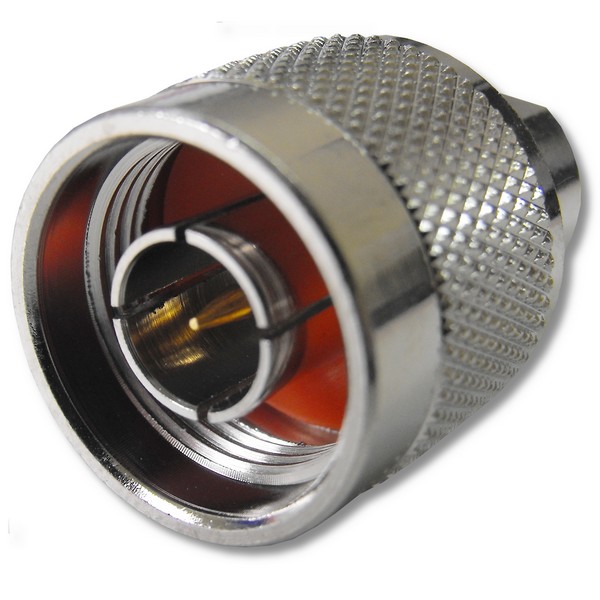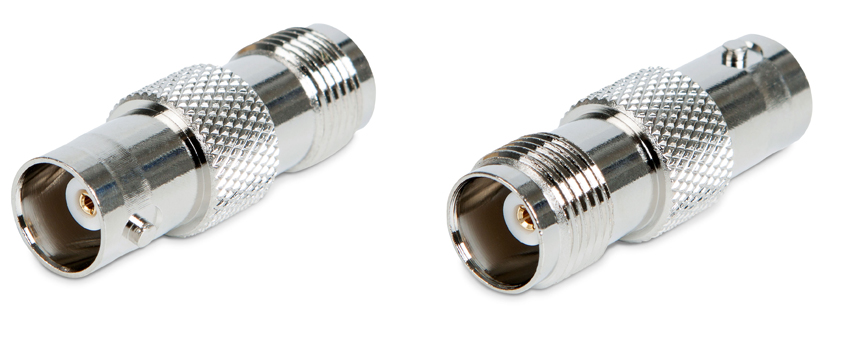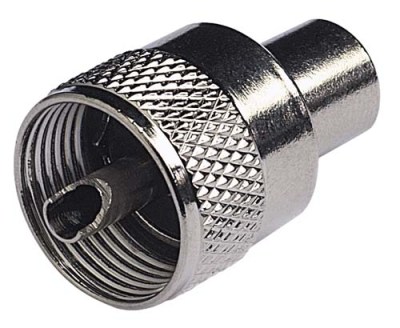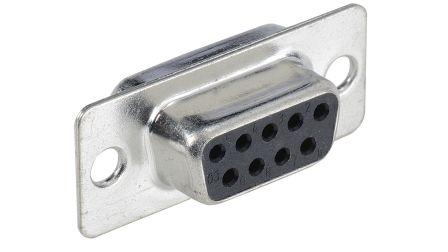ENG
Сonnectors
Сonnectors
01.04.2015

 TNC connector and BNC
TNC connector and BNC

 DB-9F (connector for serial port COM)
DB-9F (connector for serial port COM)
The article is devoted cable connectors that are most often used for radio and navigation devices.
The most common coaxial RF connectors

N-type connector
American Standard, the most widespread in professional and cellular radio.
Screening of more than 90 dB;
Intermodulyatsionnh noise level - more than 155 dBm. VSWR:
For direct connector - no more than 1.12 at frequencies up to 18 GHz
For corner connectors - no more than 1.22 at frequencies up to 5 GHz.
Mostly connectors of this type are used by 50 ohms, but there is also an option 75 ohms. N channel 75 ohm is rarely used and has a thin inner conductor (2 mm) than the connector 50. In practice, it is recommended to use this channel to the flexible cable (with an external conductor - braid) and cables up to 12 mm shell with an external conductor in the form of foil. When using N- channel thicker and rigid cables may happen mechanical damage to the internal connector pins. Operating frequency range in a given connector - up to 18 GHz.
 TNC connector and BNC
TNC connector and BNC
Connectors BNC and TNC have the same characteristics and are separated only way junction:
Connector TNC - Screwed 'fork' with 'rosette'.
Connector BNC - bayonet 'fork' with 'rosette'.
Working range of TNC connector Set - up to 11 GHz, connector BNC - up to 3 GHz.
Shielding - not less than 60 dB. VSWR: To TNC - not more than 1.3 at 11 GHz .; For BNC - about 1.25 at frequencies up to 3 GHz
Braid and center conductor of the coaxial cable can be fixed in BNC- and TNC-connectors of different design in three ways: as a solder and wrap a crimp on the cable connector parts.
The shape of the connectors are straight and angled.
Connectors are used in measuring, low-power communications equipment (up to 50 W), as well as in home appliances (TV, radio, etc.).

PL259 connector
Series - UHF
Type the central contact - Pin
Mark applied cable - RG-58
Impedance - 50 Ohm
Installation of the central contact - Soldering
Method of attachment - wrap on the cable
Connector UHF (plug), in accordance with the military list, commonly referred to as PL-259. UHF connectors have threaded coupling and are characterized by impermanence impedance. Therefore their use is limited to frequencies up to 300 MHz. UHF connectors are classified as low-cost and are mainly used for communications equipment low-frequency bands (CB).
 DB-9F (connector for serial port COM)
DB-9F (connector for serial port COM)
The resistance of the insulator at least 1,000 MW
9 contacts
Withstand voltage of not less than 1000 V AC for 1 min.
Contact resistance less than 0.1Om
The maximum current 5A
The most common serial port of PCs using a standard RS-232C. The navigation equipment is port type DB-9F. This connector is used for programming the equipment, or where the data transfer is required.
 +7 (812) 4-673-673
+7 (812) 4-673-673